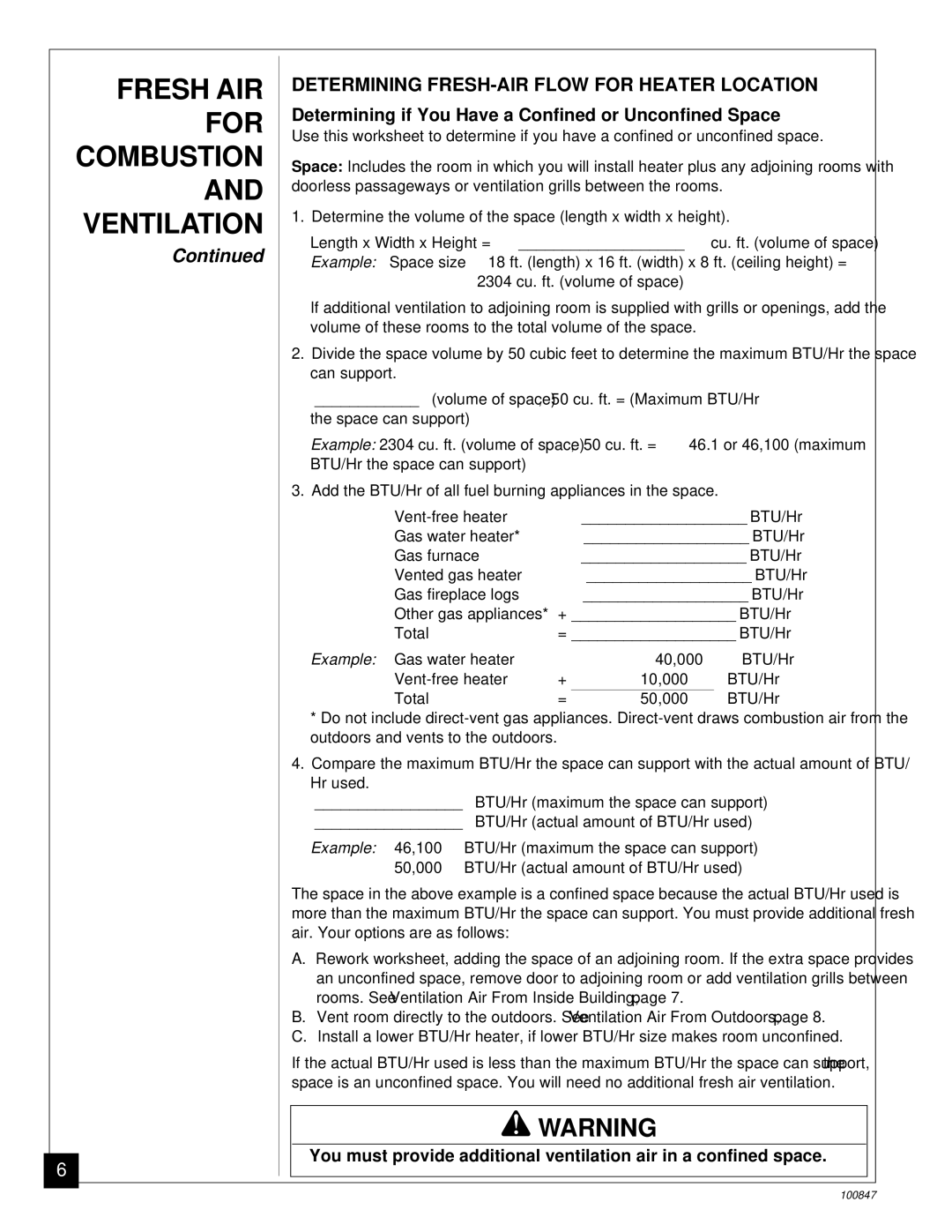CGN12A specifications
Desa CGN12A represents a cutting-edge advancement in the world of generator technology, offering a perfect solution for a variety of applications, from residential use to commercial purposes. This compact and robust generator is designed to cater to users who require reliable power generation in situations where conventional electricity sources are unavailable.One of the standout features of the Desa CGN12A is its powerful engine. The generator is equipped with a high-efficiency, four-stroke engine that ensures optimal fuel consumption while delivering impressive wattage. This reliable engine provides a maximum output of 12,000 watts, making it suitable for powering large appliances, tools, and even multiple devices at once. The impressive fuel efficiency allows users to enjoy extended operation times without frequent refueling, which is particularly advantageous during emergencies or outdoor activities.
In terms of technology, the Desa CGN12A employs a sophisticated alternator design that enhances performance stability. This ensures that the power supplied is consistent and reduces the risk of damage to sensitive electronic devices. Additionally, the generator features advanced noise-reduction technologies, allowing it to operate with lower sound levels than traditional generators, creating a more pleasant environment for users.
Portability is another key characteristic of the Desa CGN12A. The generator is designed with built-in wheels and a foldable handle, making it easy to transport from one location to another. Whether users need power for construction sites, camping trips, or tailgating events, the easy mobility of the generator makes it a practical choice.
Safety considerations have not been overlooked in the design of the CGN12A. The generator includes integrated safety features such as overload protection, which automatically shuts down the unit in case of excessive power demand. This not only protects the generator itself but also safeguards connected devices, ensuring peace of mind for users.
In conclusion, the Desa CGN12A combines power, efficiency, and portability. With its robust engine, advanced technology, and user-friendly design, it stands out as a reliable choice for anyone in need of dependable power generation. Whether for emergencies, recreational uses, or job sites, the CGN12A exemplifies the best in modern generator capabilities.

